Warmest Canadian Provinces/Territories
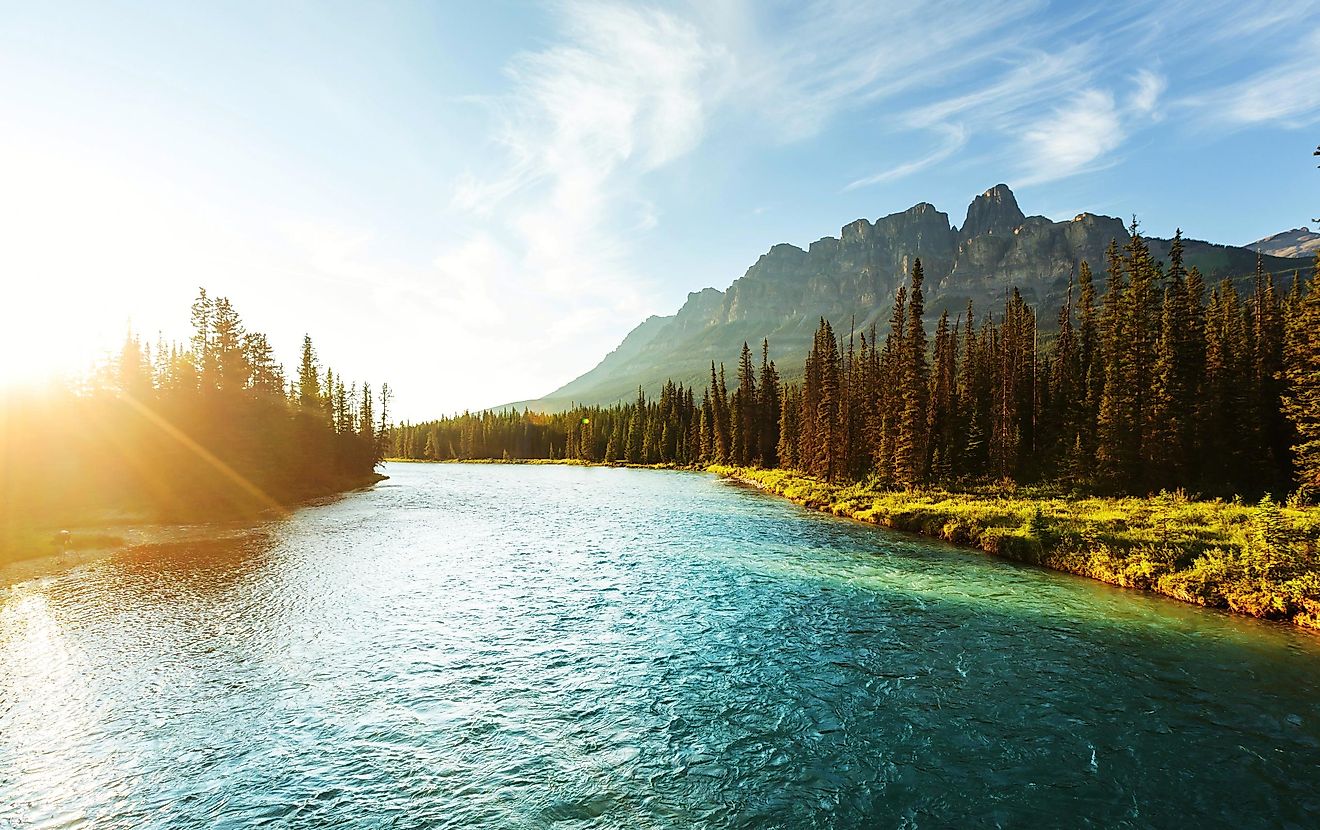
- Alberta is home to Canada's Rocky Mountains.
- Saskatchewan has many farms and flat prairies.
- The hottest temperature ever recorded in Canada was in Saskatchewan.
Canada can easily be called the coldest country in North America. Mexico obviously is home to much warmer temperatures, on average, as it is located much closer to the equator. While the US has some very cold temperatures in its northern states during the winter, it is a fact that Canada calls a much larger section of the arctic its home, and as such, it can claim to be the icebox of the continent.
When we think of hot summers and generally warm weather, places like Louisiana and the Mississippi may come to mind. The beaches of Cancun and the warm winds of the Mexican Riviera are destinations people fly to, in order to heat up. Canada has been known to warm up as well, however, and has reached temperatures at times that may come as a surprise, even to Canadians.
Just how warm can Canada get? Here is a look at the five warmest provinces in the country.
British Columbia
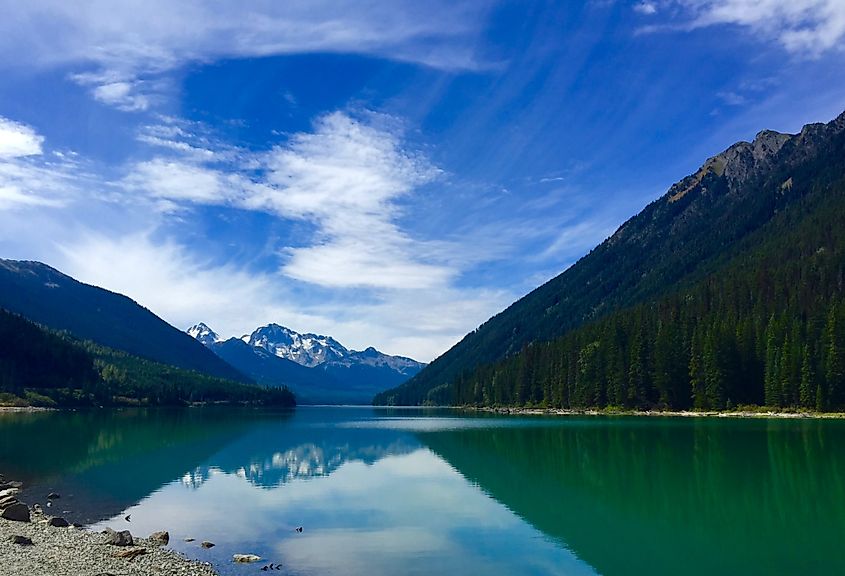
Of all the provinces and territories in Canada, Ontario and BC together have had the highest mean yearly temperatures each year from 1948 through to 2017. From 1900 to 2019, locations in BC have had extreme maximum temperatures recorded 69 times.
Why does this coastal province get so hot in summertime? Part of it has to do with the fact that this province is located on the Pacific ocean. The North Pacific Current moves warm water along the coast of the Pacific Northwest. The air benefits from these warm temperatures and heats up.
Ontario
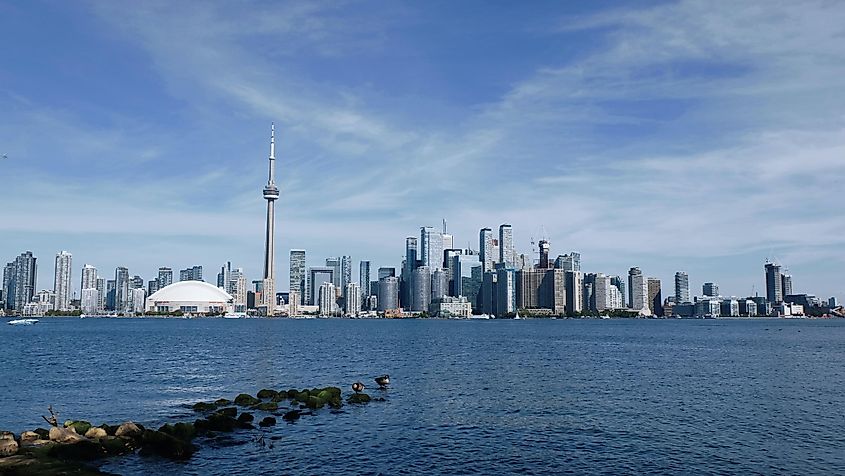
As mentioned above, Ontario, along with British Columbia, has had the highest mean yearly temperature from 1900 to 2019.
Ontario has had the extreme maximum temperature just eight times, but on average, it is one of the warmer locations in Canada. Why is this so?
Due to its proximity to the Great Lakes, parts of Ontario in its southern regions are kept comparatively warmer in the wintertime. It does get cold and snow here, but the lakes absorb heat during the summer and they store it. This heat is then released in the fall and winter, warming the areas nearby. The regions near the Great Lakes have a climate that is moderated by these great swaths of water.
Saskatchewan
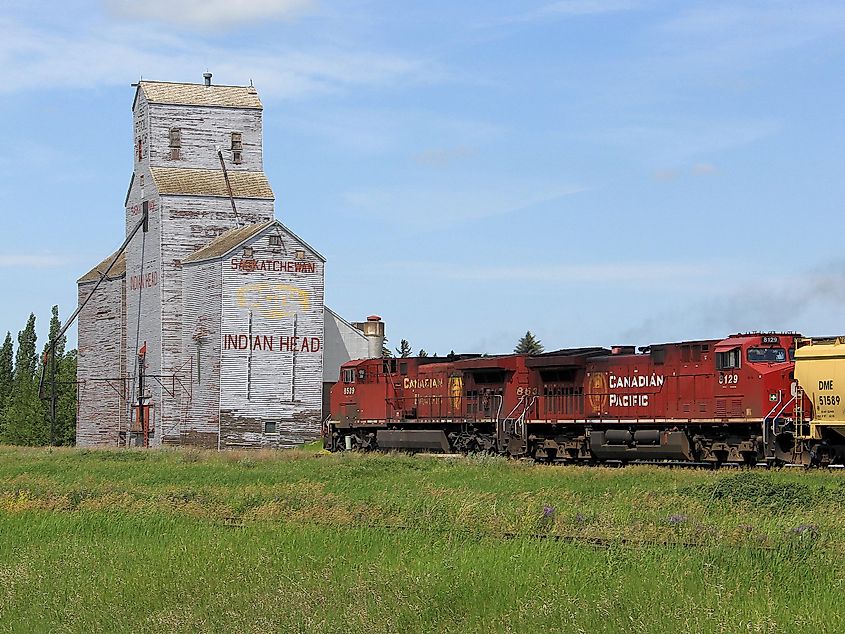
Saskatchewan describes itself as the “Land of the Living Skies”, with memorable sunsets and vast open prairies. This province is best known for its flat grain farms that stretch to the horizon and beyond, and also for its icy cold winters. These winters can quickly turn to spring and then to very hot summers, however, making Saskatchewan a place of stong extremes.
The hottest temperatures ever recorded in Canada were in Yellow Grass and Midale, two locations in Saskatchewan. Back in 1937, they both once rose to 113°F, (45.0°C), making for some piping hot weather.
Manitoba
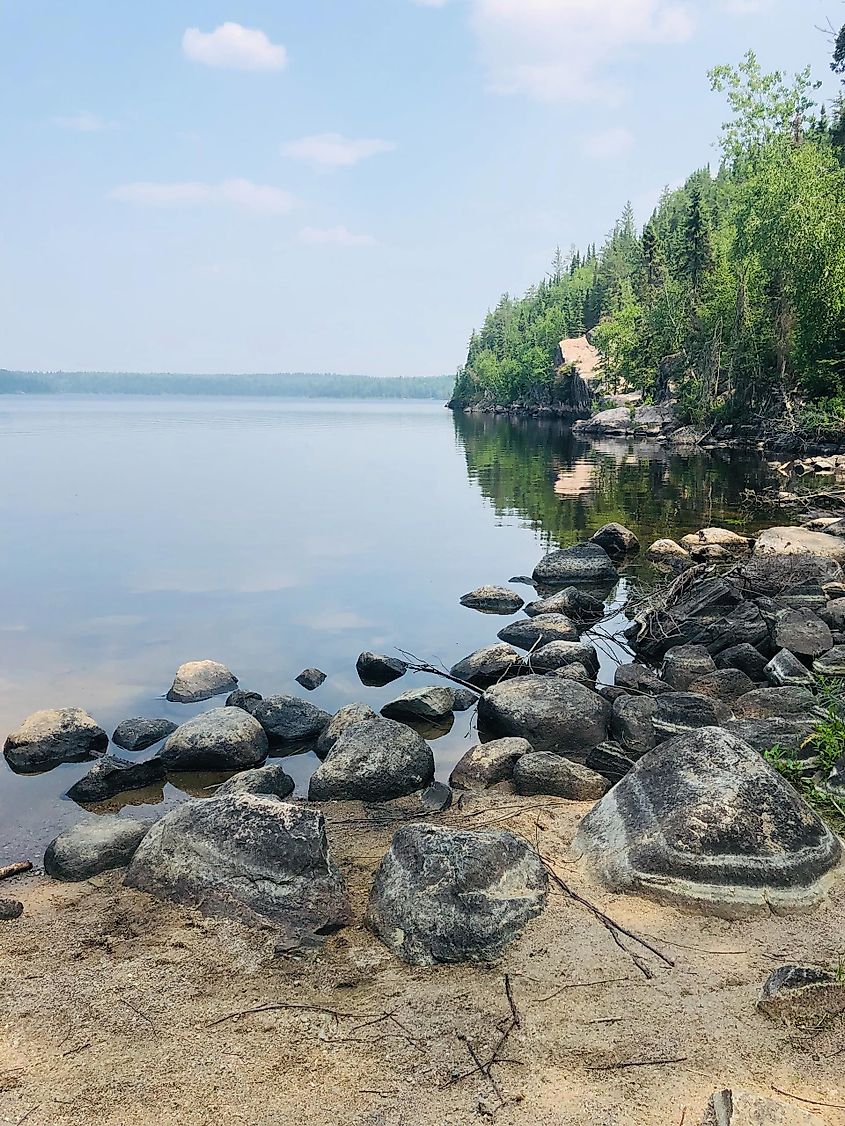
Manitoba is best known for its many lakes and very cold winters, but like Saskatchewan, it can also be a land of intense highs and lows.
In 1936, two locations in the province recorded extreme record high temperatures. St. Albans, Manitoba and Emerson, Manitoba both saw their thermometers rise to a sweltering 112°F, (44.4°C ). These record-breaking heights were part of a deadly week-long heatwave that swept across the continent. It was so hot that both people and crops perished, as well as farm animals who could not bear the heat.
Alberta
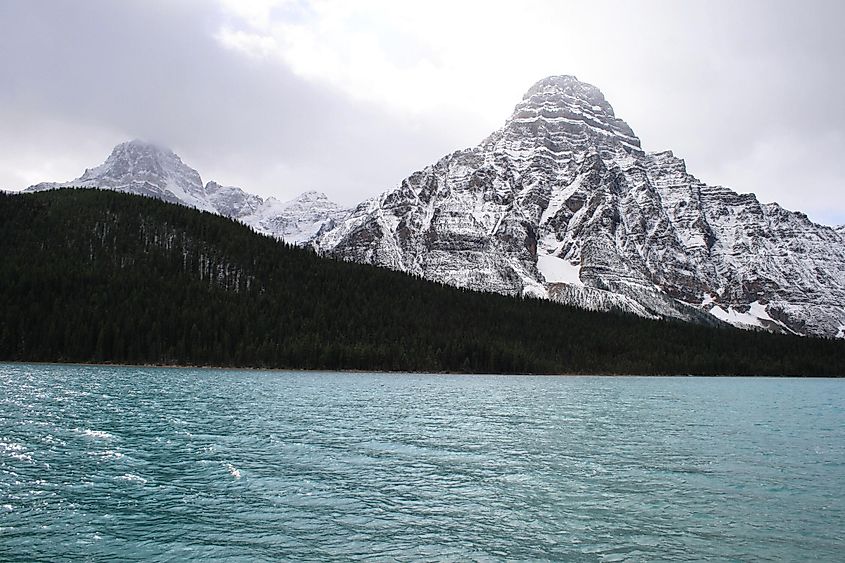
Alberta’s snow-capped rocky mountains make for great skiing. The province is also known for its impressive cattle ranches and for extracting oil, but it is no stranger to warmer weather, however.
Alberta has had eight extreme maximum temperature recordings in history. Jenner, Alberta, a small hamlet in the southern part of the province, actually reached a high of 108°F, (42.2°C) back in 1917. Not bad for a small Canadian farming area.
Weather In Canada
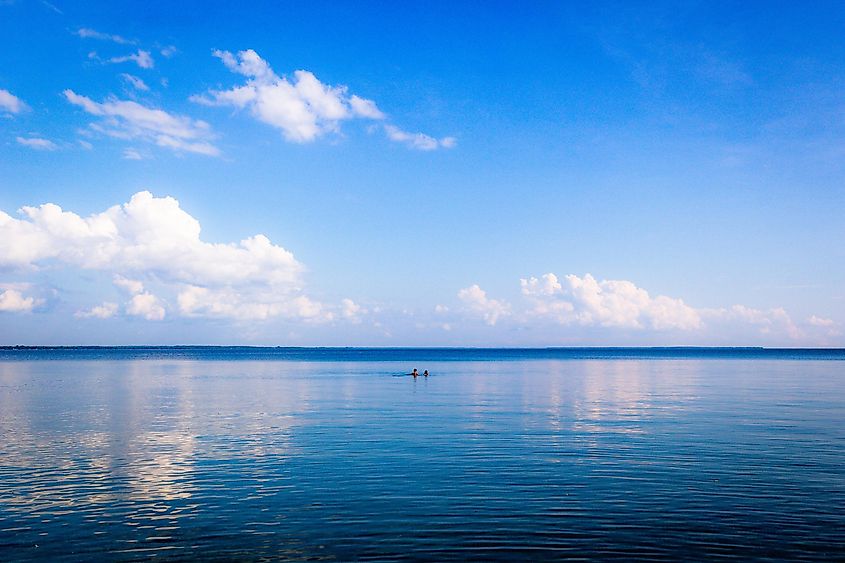
Canada may not be first on most travelers list when considering destinations that provide visitors and residents alike with sunshine hot enough to fry an egg on the dashboard of your car. The country is vast, however, and its varied landscapes provide a unique opportunity for both very cold winters, and, at times, extremely hot summers.
It is not unusual for a Canadian to tell you to “dress in layers” when going out on a hike for the day in many provinces. If you are packing your bags to move to Canada, it is imperative that you bring both beachwear, and something to keep every inch of your body warm, come January.
Even though this country has been nicknamed The Great White North, having a trustworthy air conditioning system, as well as a hefty furnace that can stand to work 24-hours a day for months on end, can be essential to living here comfortably.











